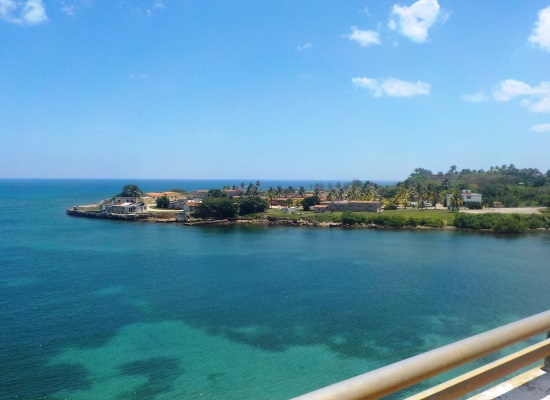
“They left through here and will never return,” recited a sign on the wall of the power plant. Nevertheless, those who “left” became the support of those who stayed. Today many share the Miami exile with those who said goodbye to them by throwing eggs or rocks
 Cubanet.org, Camilo Ernesto Olivera Peidro, Havana, 28 May 2015 – In the town of Boca del Mariel there is a small beach preferred by the locals. Next to it are the facilities of the former bulk sugar terminal. A little further beyond operates the Maximo Gomez power plant.
Cubanet.org, Camilo Ernesto Olivera Peidro, Havana, 28 May 2015 – In the town of Boca del Mariel there is a small beach preferred by the locals. Next to it are the facilities of the former bulk sugar terminal. A little further beyond operates the Maximo Gomez power plant.
One Sunday in mid-April 1980 the beach-goers saw four boats flying the flag of the United States enter. They observed how they were directed toward the area of the neighboring pier. At that time the presence of armed Cuban officials became apparent. Later it was learned that there, in a sugar storage warehouse, was the temporary headquarters of the captaincy.
In the days following, the presence of boats and yachts from the north increased. The people from the town of La Boca as well as Mariel were taken militarily by army troops and police personnel.
Fifteen years earlier the Cuban government had equipped the port of Mariel, located 20 miles to the west of Havana, as an embarkation point for a migratory bridge leading through Boca de Camarioca in Matanzas. Between April and October of 1980, 125,000 Cubans left for Florida, in what came to be known in the United States as the Mariel Boat Lift.
The way of the cross of the Marielitos
The Cuban government announced that all who wanted to do so could leave. But, as a condition, they had to apply for permanent dismissal from their places of work or education. With this safe-conduct pass, many who had taken refuge in the Peruvian embassy went out. They were victims of fascist acts of repudiation in favor of the regime.
Many Cubans carried out diverse actions in order to visit relatives who were waiting for them in that port. Men, women and children arrived there with visible signs of the humiliation suffered at their places of origin.
But something as bad or worse awaited them at the last stop.
At the corner of the Wakamba pizzeria, the mobs armed with sticks and iron bars lurked, cheered on by local government officials. Those who arrived were hunted down and beaten with a vengeance. Then the police “intervened.”
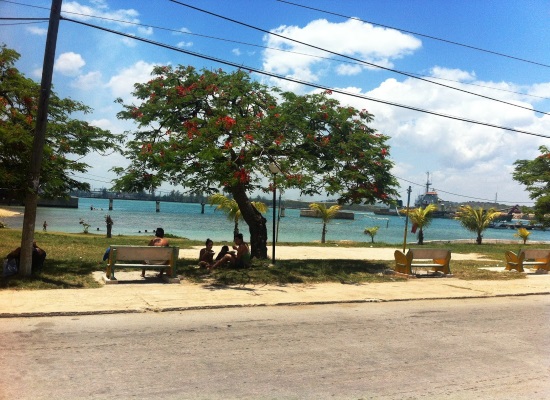
Those attacked were taken to the Border Guard Unit known as El Mosquito, located at the mouth of the river of the same name four kilometers from Mariel. They were confined there for days or weeks. The conditions in the barracks were inhumane. They mixed the families with criminals or prisoners taken from penitentiaries, sent to this checkpoint to then be deported. The place was guarded by armed military personnel and trained dogs.
On the trip back, the buses took a route to Mariel crossing the bridge. At the end of this, the authorities posted children brought from the schools of Baracoa and Henequen. The teachers passed out eggs and rocks for the students to throw at those in the vehicles.
Currently, on this site, where so many Cubans suffered, is a school that teaches fishing.
The threshold of freedom
The pier of the Camaronera Flota (today the Astilleros Astimar Company) was the last step in the way of the cross. Those who were leaving were concentrated there on two boats next to the pier, at that time, empty and half finished. They waited to be called from a list. Then on boarding they passed through another control.
As a condition of being able to take their relatives, those who came with the boats had to permit themselves to let their decks be stuffed with other people of various kinds. There were those who chose refuge for their families in the cabins.
When the boats pulled away from the coast, the last image, from afar, was of the columns of smoke coming from the chimneys of the Mariel power plant.
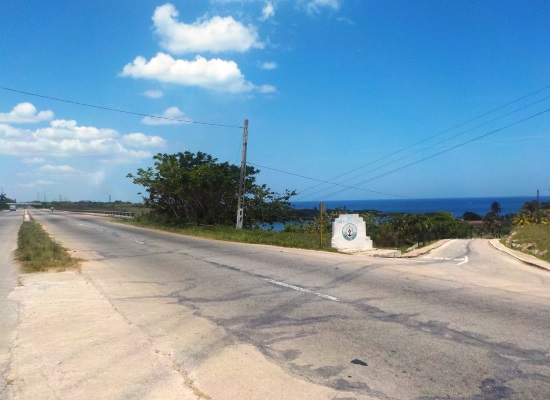
On a stretch of the perimeter wall of that plant, there was for many years a sign that said: “Through here they left and they will never return.”
The sign disappeared during the nineties. That was when the crisis increased. Those who “left” turned into the support for those who stayed.
Today those who left in 1980 share exile in Miami with many who said goodbye with eggs or rocks and later fled in the raft stampede of 1994.
The dictatorship that made them abandon the country still governs with an iron fist poorly disguised with a fine silk glove.
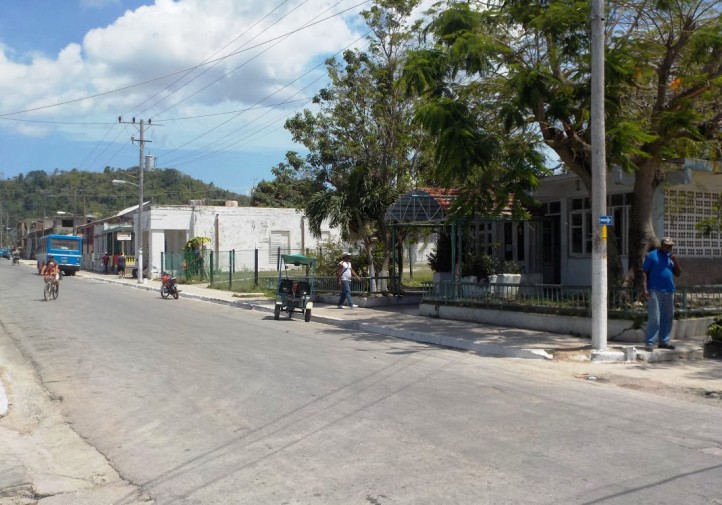
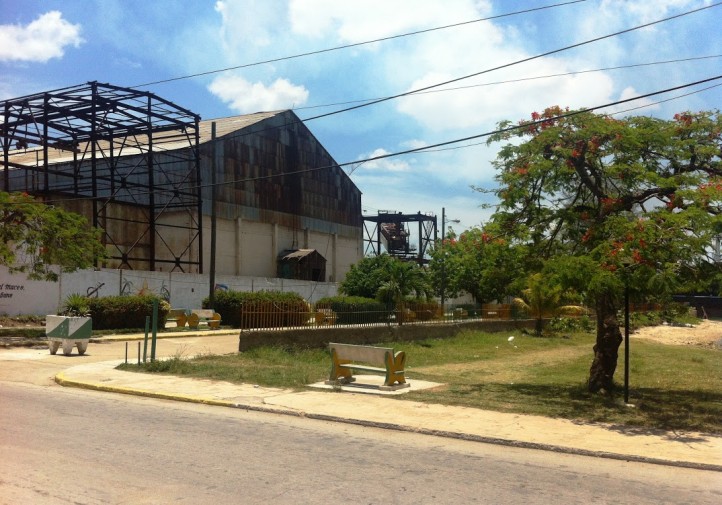
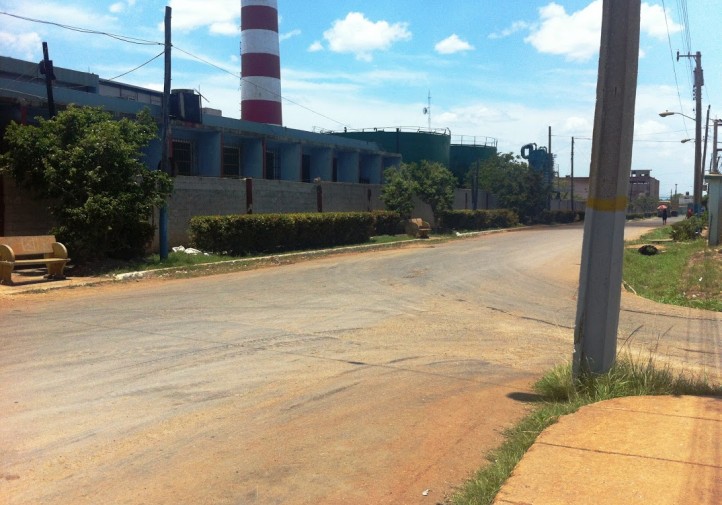
About the author
 Camilo Ernesto Olivera Peidro – City of Havana (September 14, 1970) – Screenwriter and Researcher – He has participated in theorist events in almost all the rock festivals that have taken place in Cuba from 2001 to the present – Workshop for screenwriting, production and staging of musical events (UNEAC, CARICATO) 2004 Graduate of television script and drama course (ICRT Teletransmisora training department) 2006 collaborator on Cuban non-official publications concerning the rock genre like “El Punto G,” “Insanedrac,” “Ilusion.” Since December 2007, he has been part of the Cuban Rock Agency where he works as a cultural promoter and member of the editorial board of the magazine “Rock del Patio” (in process). His texts are published in “La Corchea” (ICM), websites AHS, maximrock.com, cubametal.com, esquife.cu, Cubaencuentro, Voces, Cubanet and Diario de Cuba.
Camilo Ernesto Olivera Peidro – City of Havana (September 14, 1970) – Screenwriter and Researcher – He has participated in theorist events in almost all the rock festivals that have taken place in Cuba from 2001 to the present – Workshop for screenwriting, production and staging of musical events (UNEAC, CARICATO) 2004 Graduate of television script and drama course (ICRT Teletransmisora training department) 2006 collaborator on Cuban non-official publications concerning the rock genre like “El Punto G,” “Insanedrac,” “Ilusion.” Since December 2007, he has been part of the Cuban Rock Agency where he works as a cultural promoter and member of the editorial board of the magazine “Rock del Patio” (in process). His texts are published in “La Corchea” (ICM), websites AHS, maximrock.com, cubametal.com, esquife.cu, Cubaencuentro, Voces, Cubanet and Diario de Cuba.
Translator: MLK
